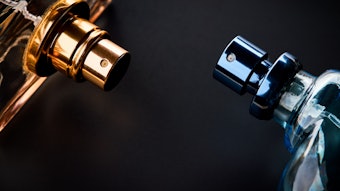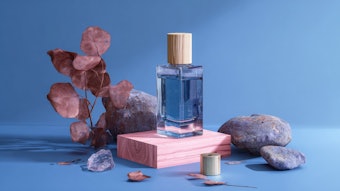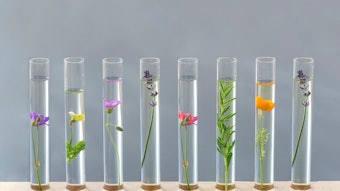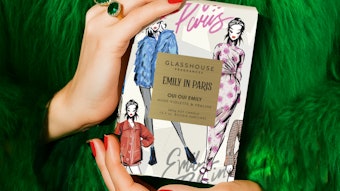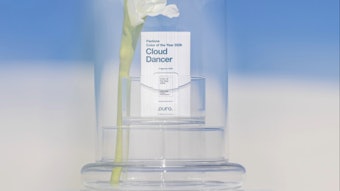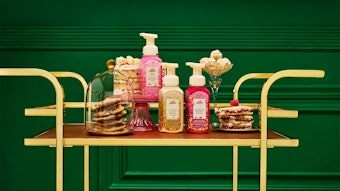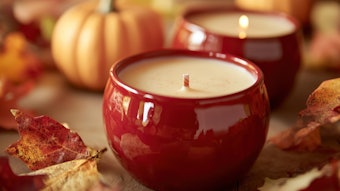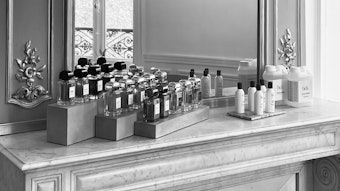
The Museo del Pardo in Madrid is showcasing The Essence of a Painting: An Olfactory Exhibition from April 4 to July 3, 2022. The focus of the exhibit is The Sense of Smell, a painting by Jan Brueghel and Peter Paul Rubens that is a part of The Five Senses series by Brueghel in 1617 and 1618. The Museum collaborated with The Perfume Academy Foundation and Puig to create 10 scents to represent different details depicted in the painting.
Related: Olfactory Art Keller Presents Luiza Gottschalk’s Glade: To Touch Painting
Jan Brueghel’s work depicts more than 80 species of plants and flowers, various animals associated with the sense of smell and a range of objects relating to the world of perfume. Alejandro Vergara, chief curator of Flemish Painting and the Northern Schools at the Museo Nacional del Prado and Gregorio Sola, senior perfumer at Puig, curated the exhibit and accompanying scents.
The fragrances use Puig’s AirParfum technology to distribute the scents depicted in the exhibit. Through the four diffusers in the Samsung interactive touchscreens available for use in the gallery, visitors can experience the smell of the 17th-century elements present in the paintings.
The 10 fragrances created for the exhibit include:
Allegory—this fragrance is inspired by the bouquet of flowers that the allegorical figure of smell holds in her right hand in the painting. The scent notes include rose, jasmine and carnation.
Gloves—the fragrance is inspired by the elite’s practice of perfuming gloves to disguise the foul smell of tanning leather. Rubens, who painted the figures in the scene, used two gloves perfumed with amber, according to the museum. The Gloves fragrance recreates the amber scented glove using a recipe from 1696. The scent features notes of resin, balm, wood, flower essences and suede.
Fig tree—this scent is inspired by the green, humid smell under the shade of the fig tree on a summer’s day. In the scene, the small tree is planted in a clay container so that it can be brought outside on sunny days and kept inside during cold winters. It has notes of velvet, wood, fig and grass.
Orange blossom—this fragrance has notes of neroli to represent the citrus trees present in the painting.
Jasmine—the representation of jasmine flowers imported from warmer climates, this fragrance has notes of flowers, absolute jasmine, green, creamy facets and a slight animal note.
Rose—the rose was the most used flower in perfumery during the first century, according to the museum. Jan Brueghel included eight varieties of roses in this painting, including damask and centifolia, the most used in perfumery. The fragrance has floral notes with green facets, spicy notes and slightly fruity notes with a hint of honey.
Iris—the iris root takes three to four years to mature and gain odor, making the ingredient one of the most precious and expensive in perfumery. The most sought-after type of iris, or orris, comes from the Mediterranean and Florence. The fragrance features notes of violet, suede and sweet floral.
Daffodil—this fragrance has notes of apricot, peach, leather, olive and a floral and hay background.
Civet—this fragrance has a strong animal-like scent blended with flowers and wood.
Spikenard—this aromatic herb-inspired fragrance has an intense smell that highlights the blended floral notes.
Want to know everything going on in flavor & fragrance? Sign up for P&F+'s newsletter. You can also follow along on Instagram and LinkedIn.

